Linguistic oddities and quirky facts spice up the rich tapestry of languages across the globe. These fascinating nuances, from peculiar grammar rules to unique phonetic sounds, add layers of charm and complexity to our understanding of communication. Exploring these quirks unveils the delightful idiosyncrasies that make languages a perpetual source of wonder and fascination.
Papua New Guinea’s Language Diversity
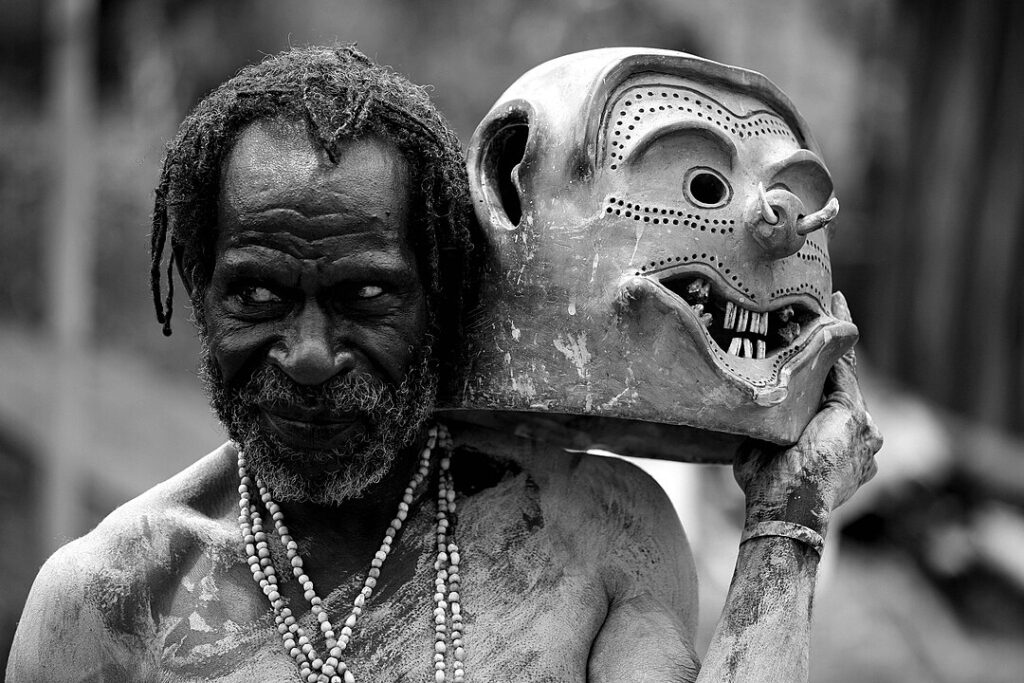
Papua New Guinea is the most linguistically diverse country in the world, home to over 800 languages. This linguistic variety is attributed to the country’s mountainous terrain, which has historically isolated communities, leading to the independent development of languages.
The Rotokas Alphabet

The Rotokas language of Papua New Guinea has the smallest alphabet, consisting of only 12 letters. The simplicity of this alphabet can be linked to the small size of the speaking community and minimal external linguistic influence.
The Whistled Language of Silbo Gomero
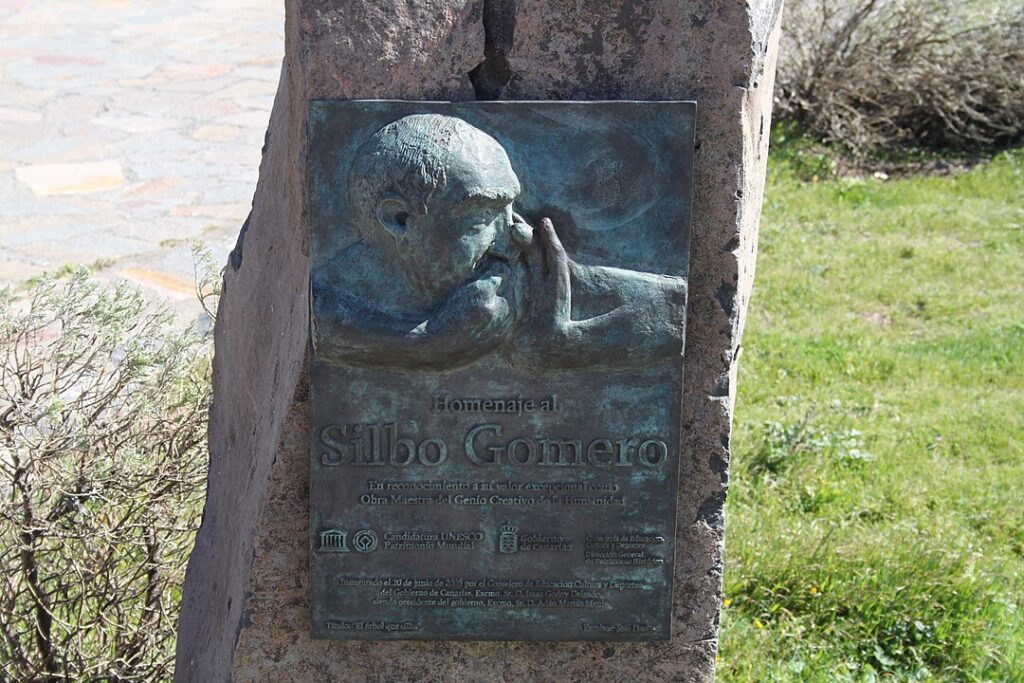
On La Gomera in the Canary Islands, the language Silbo Gomero is spoken entirely by whistling. This was developed to communicate over the large distances and rugged terrain, demonstrating a unique adaptation of human language to environmental challenges.
Taa Language’s Click Sounds

Taa, spoken in parts of Botswana and Namibia, is known for having the most click sounds, with over 80 documented types. These clicks, which are rare in other languages, offer a glimpse into the diverse phonetic capabilities of human speech.
Finnish’s Endless Derivations
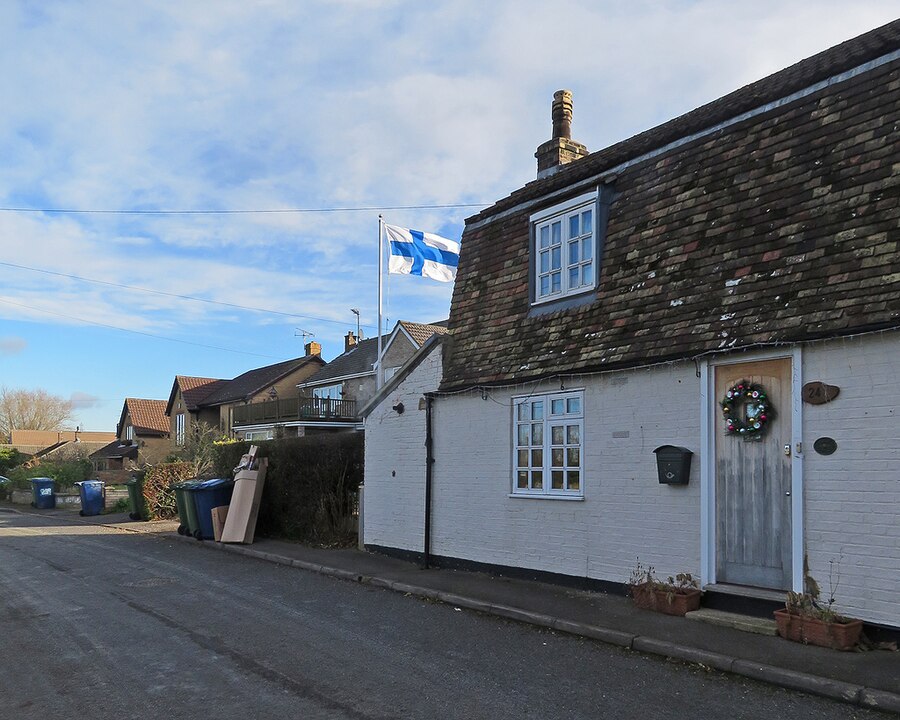
Finnish allows for the creation of incredibly long and complex words by adding numerous suffixes. This agglutinative feature reflects the language’s capacity for precise expression and the cultural value of specificity.
Cherokee’s Unique Script
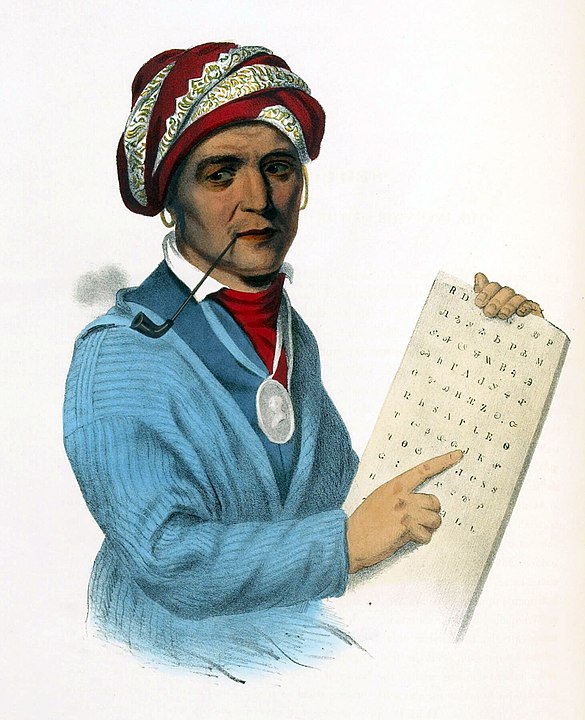
The Cherokee language uses a script invented by Sequoyah, a native speaker, in the 1820s. Remarkably, it’s a syllabary where each symbol represents a syllable, showing an innovative approach to writing that deviates from the alphabetic systems used in most other languages.
The Directional Nuance of Guugu Yimithirr
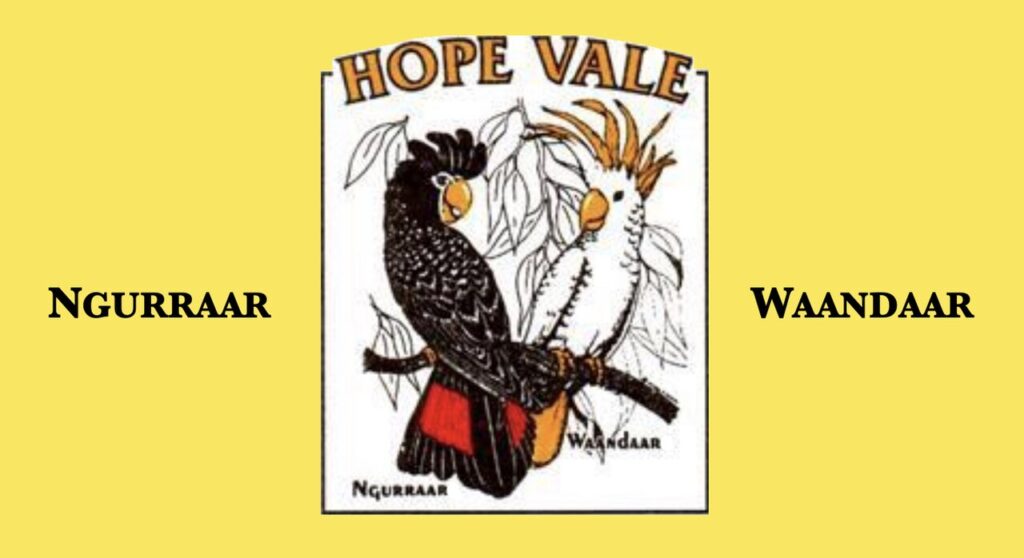
Guugu Yimithirr, spoken by an indigenous community in Australia, does not use egocentric coordinates (left, right) but rather cardinal directions (north, south, east, west). This linguistic feature indicates a deep spatial awareness and orientation within the community.
Icelandic’s Linguistic Purism
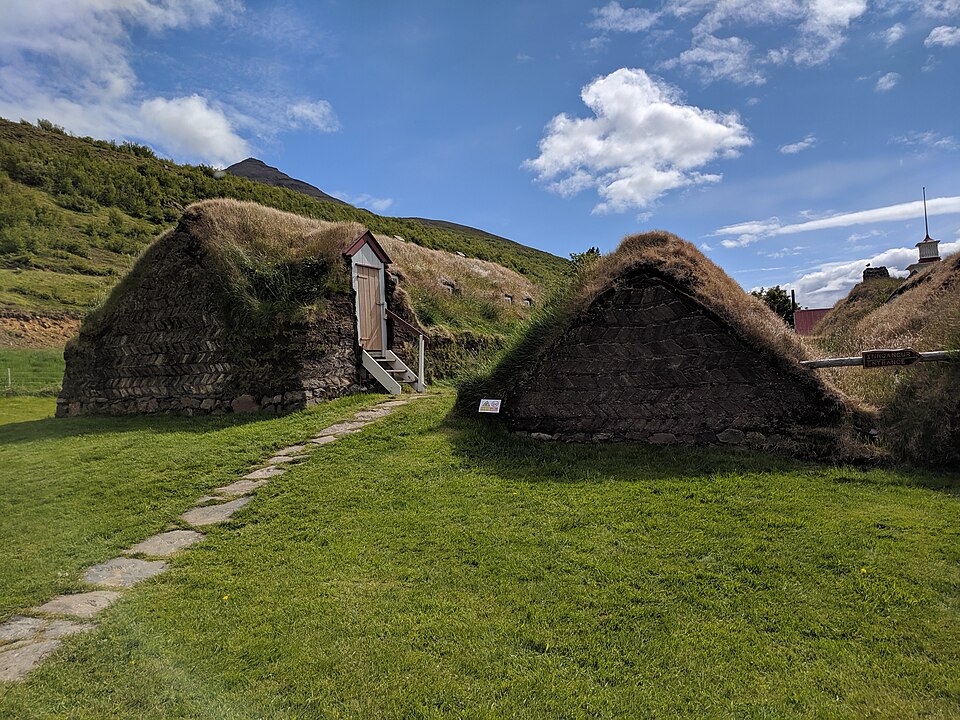
Iceland actively preserves its language by avoiding loanwords, instead creating new terms from Old Norse roots. This purism reflects a cultural emphasis on maintaining linguistic heritage and identity.
The Extensive Case System of Hungarian

Hungarian has one of the most extensive case systems in any European language, with 18 cases. This feature allows for nuanced expressions of relationships and positions, integral to the language’s syntax.
Pirahã’s Simplicity

The Pirahã language of the Amazon is noted for its simplicity, lacking numbers, fixed colors, and recursion. This simplicity is thought to reflect the cultural and immediate needs-based focus of the Pirahã people.
Klingon, A Constructed Language

Klingon was created for the “Star Trek” series with a fully developed grammar and vocabulary. This constructed language highlights human creativity and the role of language in fictional world-building.
The Reversible Words of Sator Squares

The Sator Square is a word square containing a five-word Latin palindrome. Found in several archaeological sites, it illustrates the fascination with word play and magic in ancient cultures.
Basque’s Linguistic Isolation

Basque is a language isolate, unrelated to any other language in Europe. Its survival through centuries amidst Indo-European languages speaks to the region’s historical isolation and strong cultural identity.
Nüshu, A Secret Women’s Script
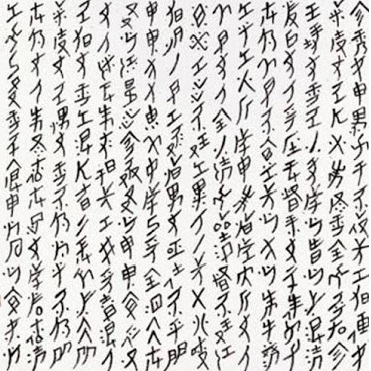
Nüshu was a script developed by women in China for exclusive use among themselves. It represents a rare example of a gender-specific language form, used as a means of social bonding and emotional expression.
Ithkuil’s Complexity
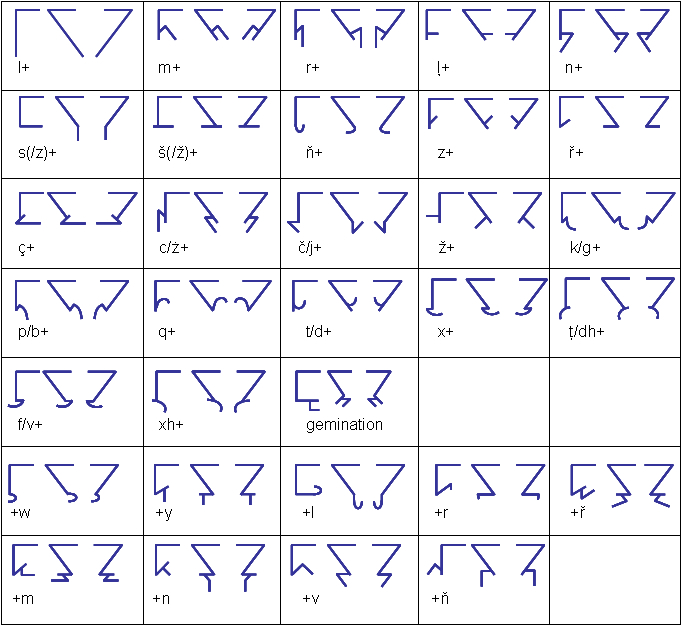
Ithkuil is a constructed language known for its complex grammar that aims to express deeper levels of human cognition succinctly. This language experiments with the limits of linguistic precision and cognitive theory.
Palindromes in Malayalam
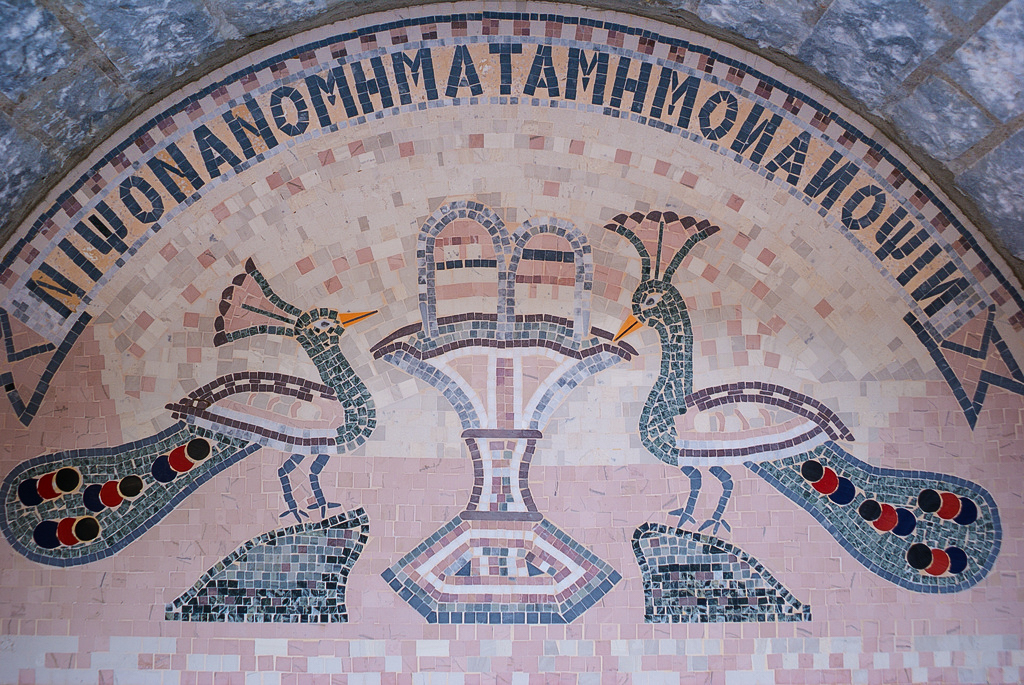
Malayalam, a Dravidian language spoken in India, has a unique literary tradition of palindromes. These symmetrical phrases reflect the cultural value placed on poetic and linguistic symmetry.
Esperanto, An International Language

Esperanto was invented in the late 19th century to facilitate easier global communication. As a constructed international language, it emphasizes simplicity and neutrality.
The Body Part Metaphors of Yup’ik
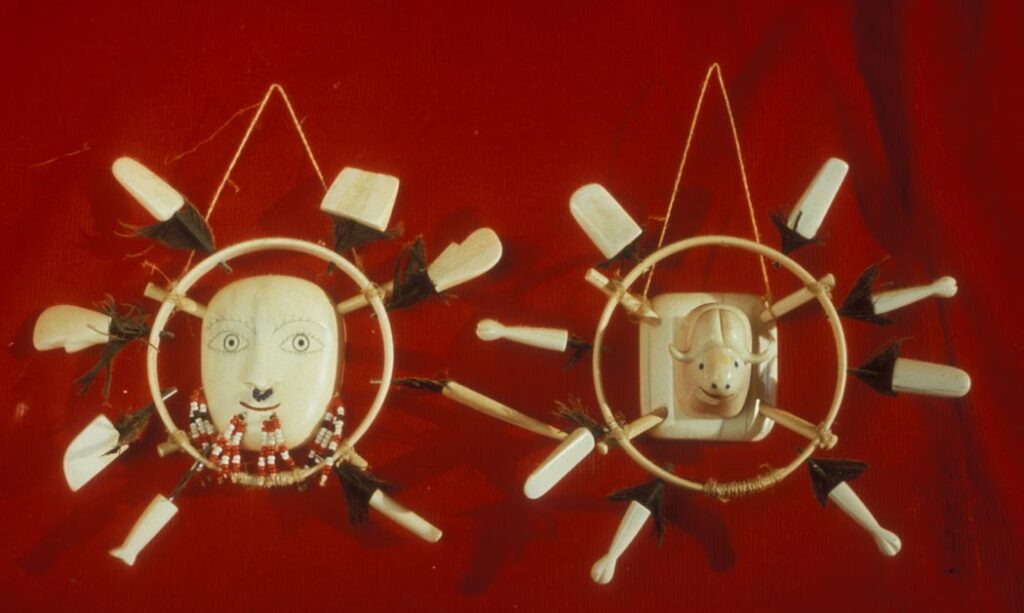
Central Alaskan Yup’ik uses body parts metaphorically to express emotional states. This linguistic feature highlights the integration of physical and emotional experiences in language.
Sandhi in Sanskrit

Sanskrit employs a phonetic combination system called sandhi, extensively used in its grammar. Sandhi exemplifies the complexity and fluidity of the language, influencing modern Indo-European languages.
L’Aquila’s Speaking Statues

In L’Aquila, Italy, statues are part of an art installation that “speaks” phrases recorded by residents. This innovative use of language and art explores new dimensions of linguistic expression and community involvement.
This article originally appeared on UnifyCosmos.
More from UnifyCosmos
20 Family Codes That Strengthen Relationships

Discover how these rules, although not explicitly stated, play a vital role in fostering understanding and closeness among family members. Read more!
22 Skincare Myths Busted by Experts

This article debunks 22 common skincare myths, guided by expert insights. It aims to clarify misconceptions, from SPF usage to moisturization needs, providing readers with scientifically backed advice for optimal skin health. Read more!
20 Unique Meditation Techniques from Around the World

In this article, we explore some of the most unique meditation practices from around the world, each providing a window into the rich diversity of human contemplation. Read more!
Leave a Reply